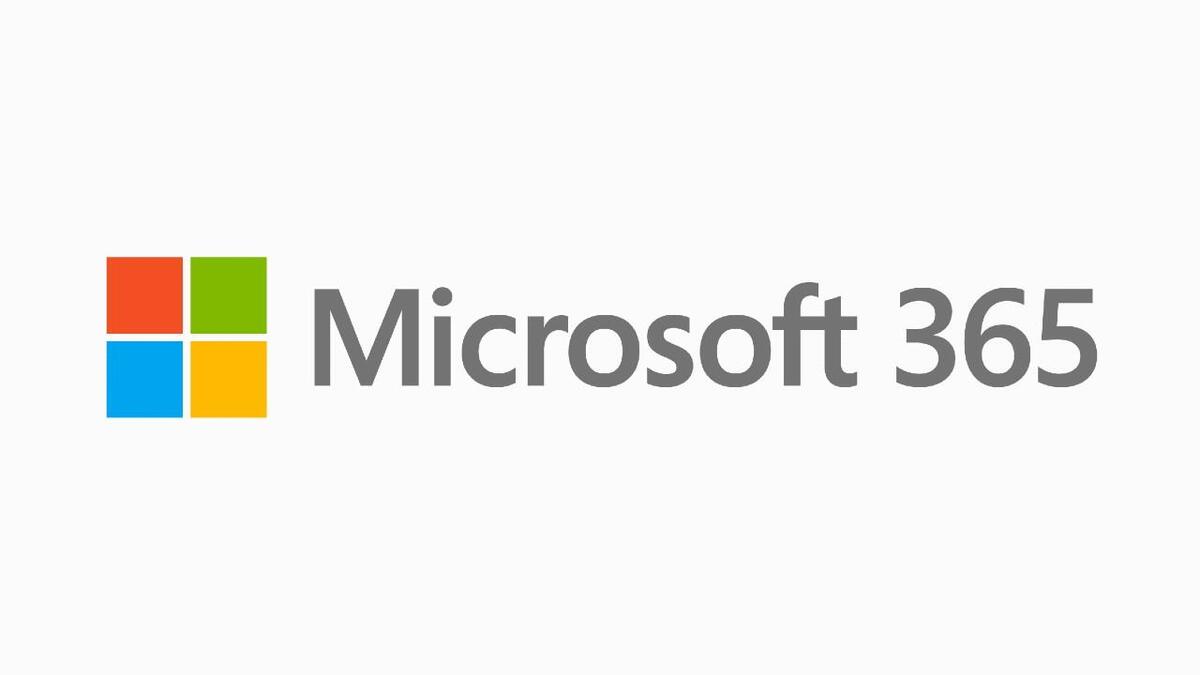To: Student Information Systems Users
From: Enterprise Applications & Solutions Integration
Re: EASI Go Prod NGSIS Updates – Nov. 2020 to Feb. 2021
Hi everyone,
Enterprise Applications & Solutions Integration (EASI) would like to update you on the latest major production releases and updates for the NGSIS program and student systems. From November 1, 2020 to February 28, 2021, EASI completed over 31 releases for a wide range of applications.
The following are major changes during this time frame:
New Student Information Systems Website (November 16, 2020)
The new Student Information Systems (SIS) SharePoint website was launched on November 16, 2020. It replaces the previous SIS for Staff website, providing a secure location for documentation for our applications. Other information, including system status and availability, and services shared with other EASI applications (e.g., information about VPNs and eToken) is available on the EASI website. The SharePoint site has been updated and includes improved search functions and a more accessible interface. New content, including training videos, is being added continually.
Curriculum Management / Curriculum Publisher (December, 2020)
Curriculum Management was the first product to be delivered through our original partnership with Kuali Inc. The application allows divisions to create, maintain and retire courses and programs using customized divisional governance processes, and in tandem, allows NGSIS to create a central repository of courses and programs for U of T. Curriculum Publisher is a U of T developed content management website that optionally interfaces with Kuali Curriculum Management, allowing divisions to publish a public facing Calendar or Academic Handbook.
In January 2021, the University of Toronto Mississauga completed its first governance cycle for courses and programs in Curriculum Management. In the fall of 2020, Student Information Systems and UTM began implementing UTM’s first Calendar in Curriculum Publisher, building the new framework from scratch. The Calendar itself will be finalised and published by March 29, 2021.
As well, significant enhancements were made to the Faculty of Applied Science and Engineering’s Calendar, published in early February, making it the first to be published after Curriculum Publisher’s migration from Drupal 7 to 8. New efficiencies are underway in the production of the Faculty of Arts & Science Calendar, which will be published shortly.
Weighted Grant Unit (December 31, 2020)
Basic Income Units (BIUs) have successfully been converted to Weighted Grant Units (WGUs) in ROSI. These units, which reflect student enrolment, are used to calculate University funding by the Ministry of Colleges and Universities. Divisions receive funding based on student registration retrieved from ROSI on enrolment count dates. For more information on how registration information affects funding, please reach out to planning.analytics@utoronto.ca.
Course Information System
The Course Information System streamlines syllabi and exams processes for instructors and administrators, and will ultimately help students to make better-informed decisions about their education. CIS has made the following releases:
- Instructor Submission Deadlines (November 5, 2020)
The Instructor Submission Deadlines function allows Department Administrators and Registrar’s Offices to set when instructor submissions are due for each module. Deadlines are informational only and do not restrict instructors from submitting data past the deadline date. - New CIS Syllabus Statements (December 1, 2020)
By the direction of the Office of the Vice-Provost, Innovations in Undergraduate Education, three new optional course statements have been added to the Syllabi module for instructors in all divisions. These include Video Recording and Sharing (download and re-use prohibited), Video Recording and Sharing (download permissible; re-use prohibited), and Equity, Diversity and Inclusion. - Email Notifications for Instructor Submission Deadlines (December 15, 2020)
This function allows instructors to receive email reminders for any outstanding submissions that have an upcoming or past deadline.
Online Calendar (February 12, 2021)
In the winter and early spring of 2020, the remaining divisions using the Online Calendar tool moved to Curriculum Management and Curriculum Publisher. Historical data for the Faculty of Applied Science & Engineering in the Online Calendar that had been used in Degree Explorer was transferred to Curriculum Management and new integration points were established. As a result, the user interface for the calendar is no longer required and was decommissioned on February 12, 2021.
Accommodated Testing Services (Late February/Early March)
As of fall 2020, the Accommodated Testing Services instructor module has been incorporated into the Course Information System for all St. George campus instructors and academic units. This replaces an email-based process and allows faculty members to view all accommodated test and exam requests in one central location where they are able to securely submit test details and documents. Based on feedback received from instructors in fall 2020, a series of targeted enhancements to the instructor module will be rolled out late February to early March 2021. During fall 2020, the forthcoming student module on ACORN was tested by current students to validate the usability of the module. The student module will be launched alongside the administrative module in summer 2021.
Student Academic Advising Customer Relationship Management (CRM)
A Customer Relationship Management (CRM) tool will complement the eventual renewal of the student system. In 2020, the NGSIS team selected Salesforce as the vendor of choice to establish a Student Academic Advising CRM Proof of Concept. The team evaluated features within the platform and will continue to validate and finalize functional, administrative, and technical requirements throughout the spring and summer of 2021. After publishing the Request for Proposal, the team will proceed with the procurement process and will start the development and implementation effort in October 2021 for a summer 2022 pilot.



